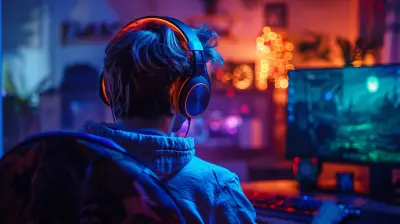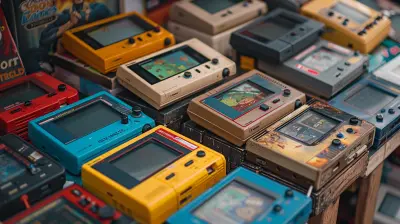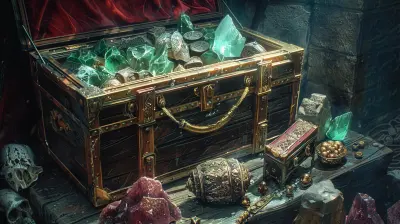When Graphics Alone Aren’t Enough
4 August 2025
We’ve come a long way from pixelated screens and clunky character models in the world of video games. Today, it’s all about ultra-realistic lighting, 4K textures, and characters that look like they could walk right out of your screen. But here’s the twist—while cutting-edge graphics can wow us at first glance, they're not always enough to keep us hooked. Stunning visuals might get your attention, but if the soul of the game is missing? You’ll be reaching for the power button faster than you can say “RTX ON.”
So let’s take a deep dive into why graphics aren’t the only thing that matters in a game. In fact, in some cases, they may not even make the top three.
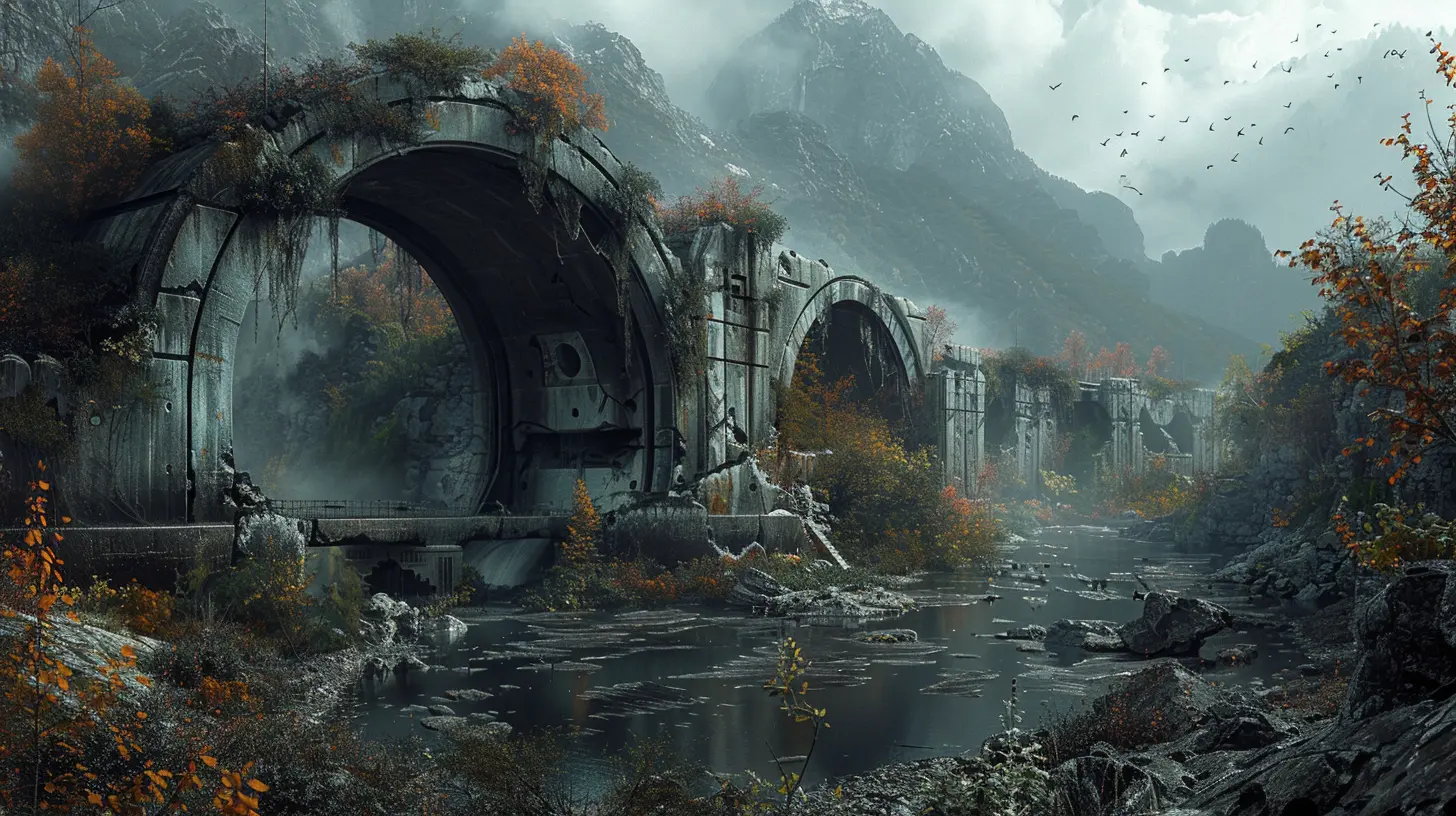
The Allure of Pretty Pixels
Don’t get me wrong—gorgeous graphics are a big deal. They’re often the first thing you notice in a trailer or when you load up a new title. From the sun-drenched beaches of Far Cry to the jaw-dropping landscapes in Horizon Forbidden West, there’s no denying that games are more visually powerful than ever before.Developers are pouring millions into rendering engines, ray tracing technology, and photorealistic facial animations. It’s impressive, no doubt. But is that alone enough to create a truly unforgettable gaming experience?
Spoiler alert: it’s not.
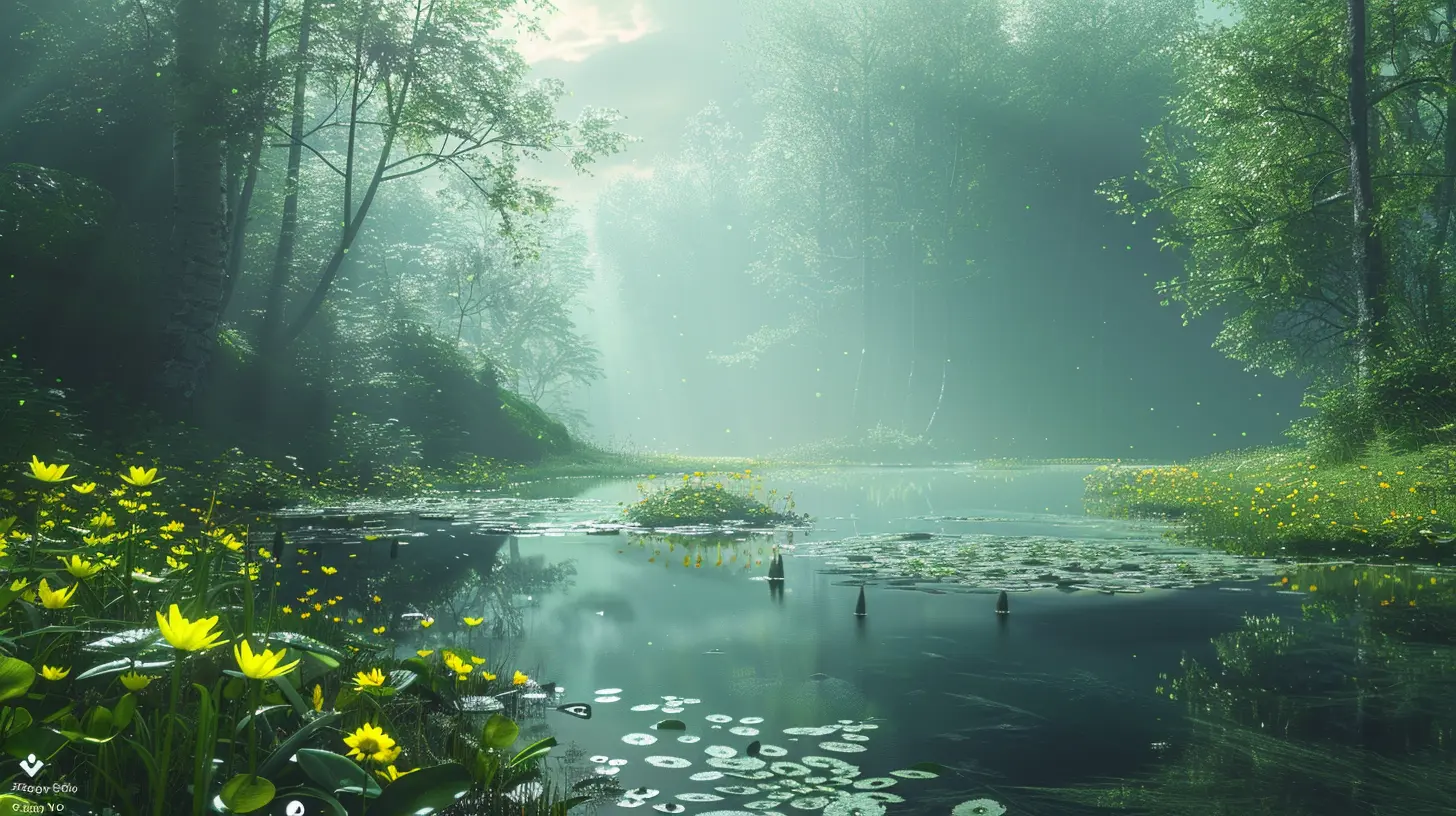
Eye Candy Is Great, But What About the Meat?
Imagine buying a beautifully decorated cake. It looks amazing on the outside—perfect frosting, intricate layers, maybe even edible gold flakes. But then you take a bite and… it’s flavorless. That’s what overly graphics-focused games sometimes feel like. They draw you in but don’t hold up under scrutiny.Great games need substance. They need something more than just surface-level appeal. And that’s where storytelling, gameplay mechanics, and emotional engagement come into play.
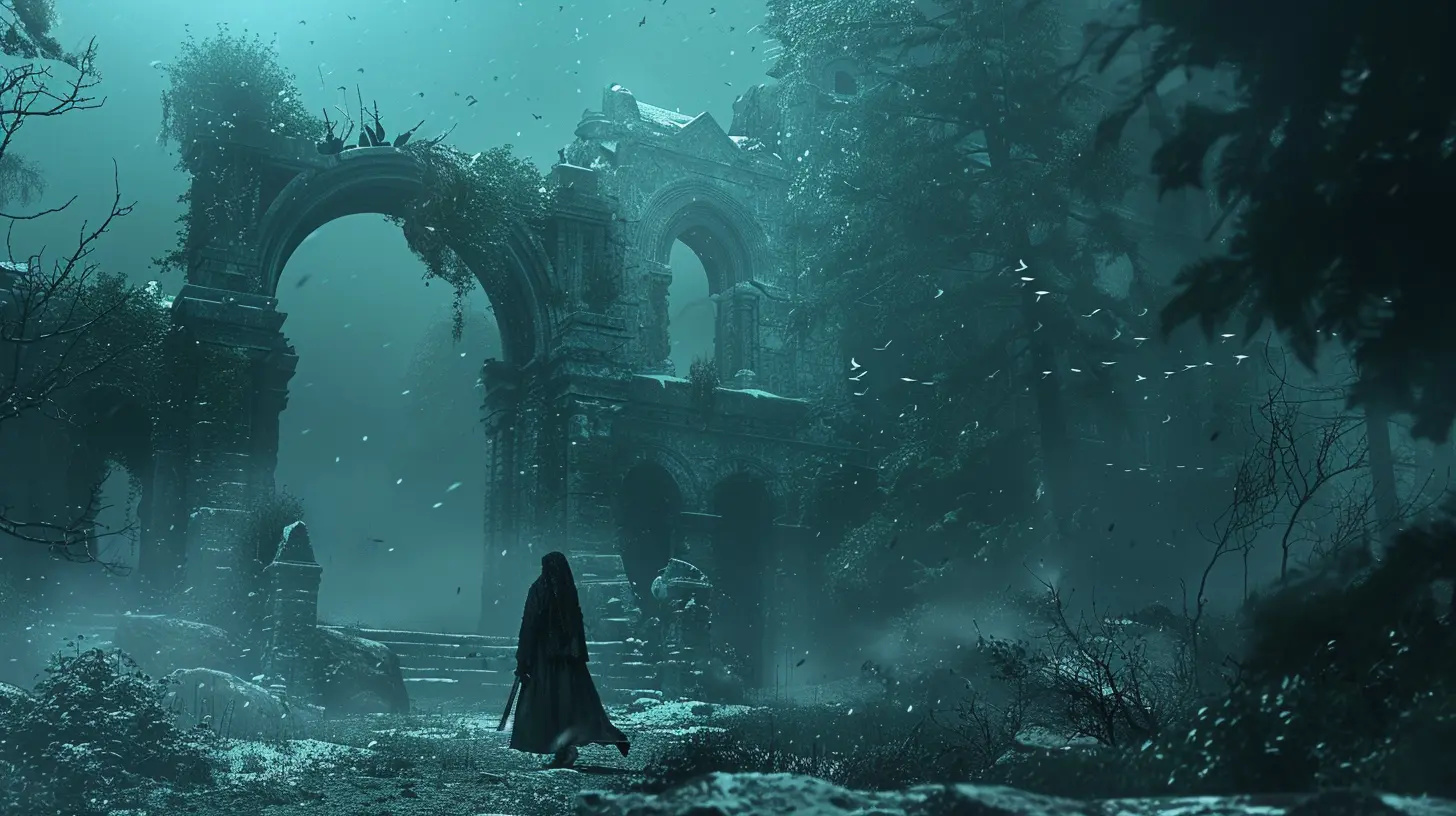
The Heart of Gaming: Story, Gameplay, and Emotion
Let’s talk about what really keeps us glued to the controller for hours on end.1. Storytelling That Resonates
Some of the most iconic games in history didn’t rely on top-tier visuals. Instead, they gave us rich characters, unforgettable dialogue, and narratives that tugged at our emotions.Take Undertale. Visually, it’s minimalistic and almost retro. But the story? Absolutely brilliant. It flips classic RPG mechanics on their head and makes you question your every decision. Would it have been better if it looked like Red Dead Redemption 2? Probably not. Its charm is in its simplicity and depth.
Story adds context. It gives you a reason to care, to explore, to fight. Without it, even the most beautiful game world can feel hollow.
2. Gameplay That Feels Just Right
We’ve all had that moment where the controls just… feel good. It’s almost like your hands and the game are in sync. That’s the magic of well-designed gameplay.Now think about the opposite. Ever tried a game that looked amazing but had clunky mechanics? Yeah, it’s frustrating.
Games like Celeste or Hades don’t boast AAA-level graphics, but their gameplay loops are so addictive you forget about the visuals entirely. They’re smooth, responsive, and challenge your skills without being unfair.
Good gameplay is the foundation. Graphics enhance the experience, but they can’t carry it alone.
3. Emotional Connection
Here’s the thing: we play games not just to pass time, but to feel something. Joy, fear, nostalgia, heartbreak—whatever it is, it’s the emotional connection that makes a game memorable.Think about Life is Strange or Journey. They’re not graphical powerhouses, but they strike a chord emotionally. They tell human stories, create connections, and leave lasting impressions.
When you care about the characters and the world, graphics become secondary. It’s like watching an old movie—it might not be in high def, but the feelings it evokes are crystal clear.
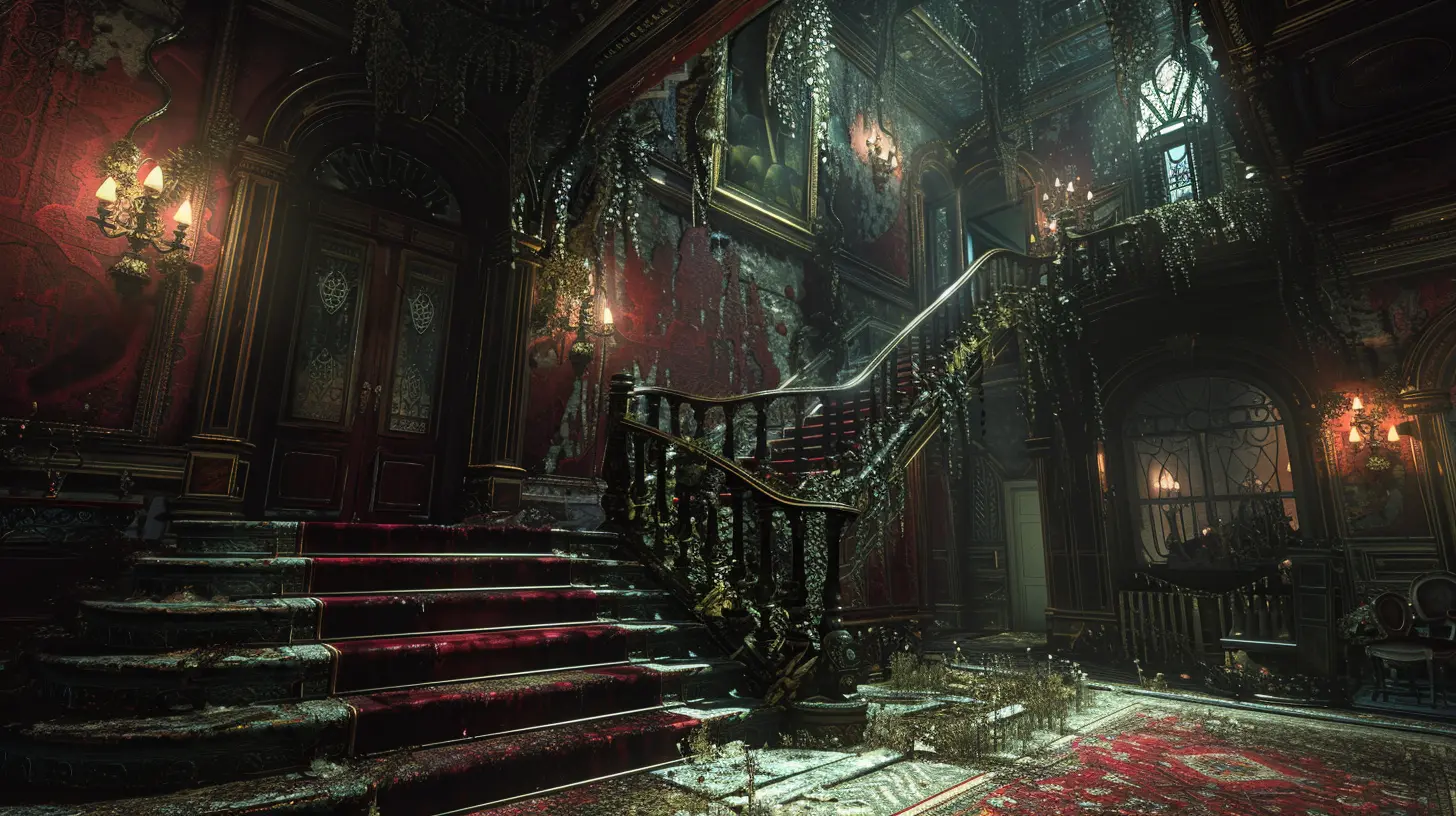
When Graphics Try Too Hard
Sometimes, in the race to look the best, games end up sacrificing the elements that actually make them good. Here’s what happens:- Cluttered Design: Overloading a game with graphical effects can make it visually noisy and hard to focus on objectives.
- Performance Issues: High-end graphics demand high-end hardware. This limits accessibility and can lead to frame rate drops or crashes.
- Underwhelming Gameplay: Developers might spend so much time perfecting visuals that gameplay feels like an afterthought.
Ever played a game that looked stunning in trailers but felt like a chore to play? That’s what happens when the scale tips too far in favor of graphics.
Nostalgia Always Wins
Gamers have a funny relationship with nostalgia. We’ll often go back and replay titles from the PS1 or SNES era, even if they look outdated compared to modern standards. Why? Because the feeling they give us matters more than the pixels.Games like Chrono Trigger, Super Mario Bros., or Final Fantasy VII still hold up—not because of their looks, but because of their gameplay, world-building, and the memories they’ve left behind.
It’s proof that style beats graphical fidelity. A game with a distinct, artistic identity can often leave a more lasting impression than one chasing realism.
Indies Are Leading the Way
Let’s give a shoutout to indie developers. With limited budgets and small teams, they’ve embraced the idea that graphics aren’t everything. Instead, they focus on creativity, innovation, and heart.Games like:
- Hollow Knight
- Stardew Valley
- Slay the Spire
- Papers, Please
…aren’t graphical marvels, but they’re massive successes because they bring something different to the table. They prove that compelling content > fancy visuals, every single time.
Multiplayer and Community: The Hidden Ingredients
Another thing visuals can’t account for? The social factor. Some of the most played games right now—Among Us, Minecraft, Roblox—aren’t pushing graphical boundaries. But they bring people together, and that’s priceless.Games that foster multiplayer interactions and community-generated content (like mod support and custom maps) tend to have much longer lifespans. The graphics might age, but the creativity of the community keeps things fresh.
Can Graphics Still Enhance the Experience?
Absolutely. Let’s not pretend visuals don’t matter at all. They can be immersive, breathtaking, and elevate the narrative. Games like The Witcher 3, The Last of Us Part II, and Cyberpunk 2077 (when it works) show just how powerful visuals + solid gameplay can be.But here’s the key: graphics are the seasoning, not the meal.
When done right, visuals complement the storytelling and gameplay. When done wrong, they become a distraction or, worse, a crutch.
What Makes a Game Truly Great?
If you're a developer, a publisher, or just a passionate gamer, this question is worth pondering. What makes a game stick with you after the end credits roll?It's rarely the resolution or texture detail.
It's the time you got chills when a plot twist hit out of nowhere. It’s the satisfaction of beating that boss after twenty tries. It’s the unexpected laugh during a co-op session with friends. Those are the moments we remember.
So if you’re choosing your next game, don’t be swayed by flashy trailers alone. Dig a little deeper. Ask yourself:
- Does this game offer a unique experience?
- Is the gameplay satisfying?
- Will I care about what’s happening in this world?
- Am I playing with people or against pixels?
Final Thoughts: Balancing Beauty With Brilliance
The future of gaming is exciting. We’ll keep seeing advances in lighting, physics, and rendering. But let’s not forget the magic that made us fall in love with games in the first place.Graphics are just one piece of a much bigger puzzle. The best games—those that last, inspire, and shape the industry—are the ones that combine visuals with emotional impact, engaging mechanics, and meaningful stories.
So next time someone says “Wow, this game looks amazing!”—maybe ask, “Yeah, but is it fun?”
Because at the end of the day, fun is what gaming is all about.
all images in this post were generated using AI tools
Category:
Game Reviews ArchiveAuthor:

Madeleine McCaffrey
Discussion
rate this article
2 comments
Winona McGivern
Great insights! It's refreshing to see a discussion on the importance of gameplay and storytelling beyond just visuals. Engaging gameplay elements and narratives truly enhance the overall gaming experience.
November 14, 2025 at 4:37 PM

Madeleine McCaffrey
Thank you! I'm glad you appreciated the focus on gameplay and storytelling—they're crucial for a truly immersive experience.
Karen Cox
Great article! It’s refreshing to see a focus on gameplay and storytelling alongside graphics. Engaging mechanics and deep narratives truly elevate the gaming experience. Looking forward to more insightful discussions like this!
August 4, 2025 at 3:16 PM

Madeleine McCaffrey
Thank you! I’m glad you enjoyed the article and appreciate your thoughts on the importance of gameplay and storytelling in enhancing the gaming experience!
